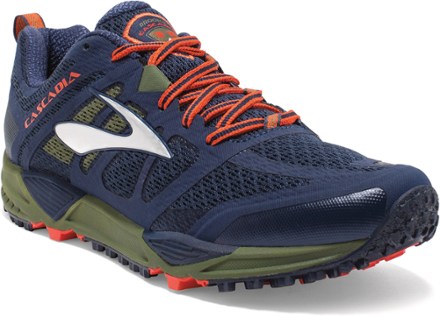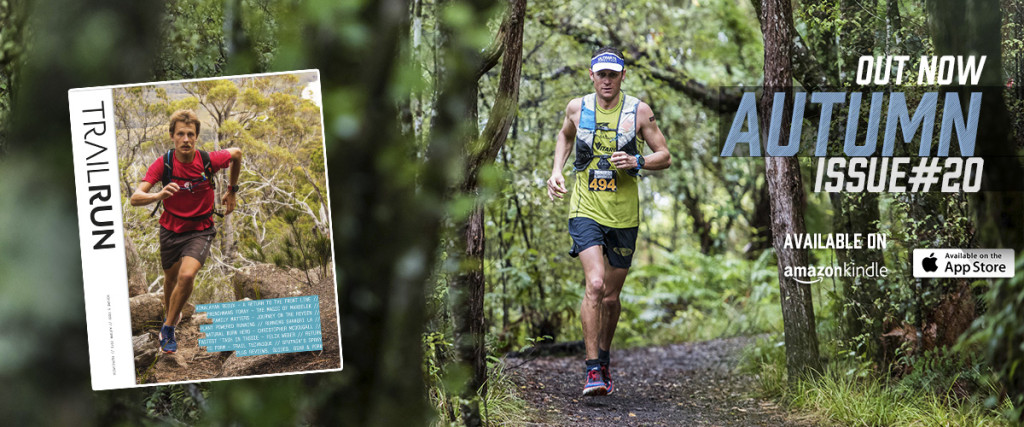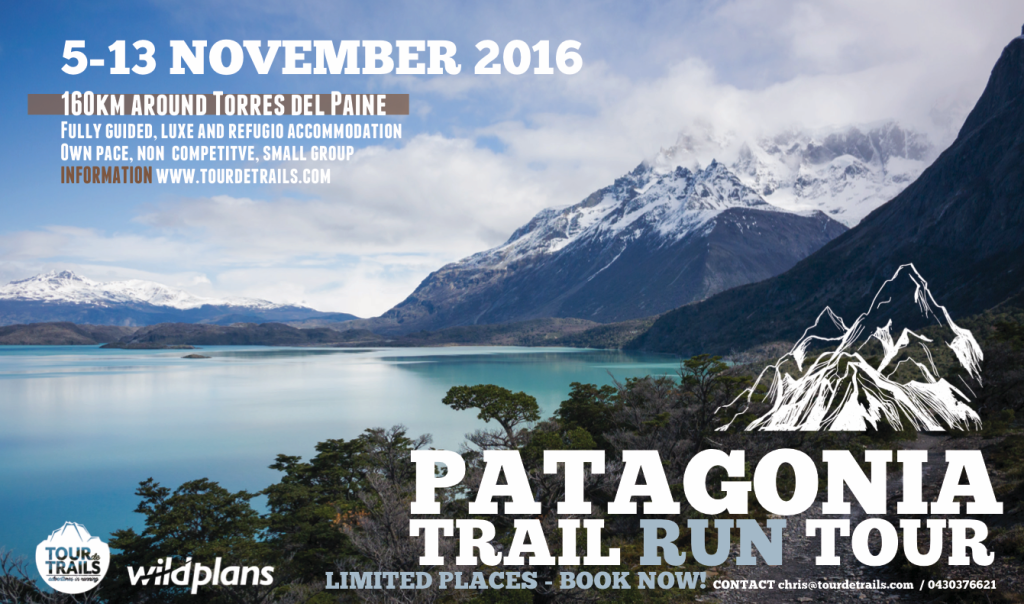In past reviews of the Cascadia, I have been highly complimentary of the model. After all, it was the shoe – out of the box – that got me through my very first trail marathon in the Blue Mountains.
Back then (Cascadia 4 I believe), the shoe was a little more minimal. It still had the bulldozer-like qualities that all Cascadias have delivered, ready to roll through any bush terrain no matter the beef, but the V4 certainly had no puppy fat, especially on the upper, which had a sleek lightweight mesh and only the bare necessities of padding.
Trot forward a fair few years and seven iterations, and the Cascadia has lost none of its prowess along technical trails, but seems to have put on a little around its middle (Men’s 329g). The upper is now quite plush with padding, with a thicker tongue (unfortunately not gusseted).
The improvements over the V10 are focused on increasing durability to minimize some upper-tearing issues found in its predecessor. A tight-weave mesh layer has been added over the medial midfoot support webbing to prevent debris from getting between the webbing and underlying mesh. This makes the shoe more robust and – great for colder conditions – a little more insulated, too.
Some of the beef is of course in the technology. Like a recipe for a finely crafted trail delicacy, Brooks lists: BioMoGo DNA midsole, which “provides adaptive cushioning”; a 4-Point Pivot System “gives you ultimate control” (I reckon there is no shoe in the world that magically gives a two-left footed klutz ‘ultimate control’ and a root popping up out of nowhere will fell the most deft footed, but let’s say this 4-pivot gives some semblance of ‘better’ control, ‘ultimate’ being marketing waffle); a full-length Segmented Crash Pad “allows smooth transitions”, something we found – especially as you get tired and form falls – does give true benefit; and forefoot Ballistic Rock Shield which “adds extra protection” – true although from bullets and projectiles as the word ‘ballistic’ implies…(waves disapproving finger at marketing types yet again)?
The last has been narrowed a smidge from past Cascadias – potentially an issue for big foots, but I wouldn’t say it is totally slim-line, rather it sits in a sweet spot for most. Nevertheless, the midfoot is cosier than previous, giving great foot-hold when cornering tight bends. It may be too claustrophobic for some, however.
A 10mm heel drop places these firmly in traditionalist territory, a good thing for those coming across from the road to get dirty. They will feel more like a traditional tarmac warrior on the foot, the runner sitting higher in the heel. Heel lift from a low profile heel cup is remedied with an extra lace eyelet to tighten the ship.
In terms of ride, Cascadia falls into the centre point of the bell shaped curve of cushion. As listed, there’s a decent stack underneath you, giving superb protection and good cushion for long runs, however it is not quite a springy touchdown, either. That’s neither bad or good, it just depends on how much trail feel you prefer. Less cushioning means (usually) more feedback from the ground allowing better responsiveness. The Cascadias sit somewhere in between – a good balance perhaps – the thicker sole unit armed with the aforementioned BiMoGo and ‘Ballistic’ rated rock plate. It has to be said that a strength of these shoes is no matter what the trail throws at you (or shoots at you according to the marketing nomenclature bods), these will handle with aplomb. Putting them on, I always imagine the bomb disposal veteran William James in The Hurt Locker, climbing into his protective suit before heading off to face-off against a tide of explosives. We all know trail running “ain’t no war” – far from it – but feeling you are at least numbed from those little mini-explosions going off underfoot can be comfort for some trailites.
The lacing system is a little unusual in that the first rows are traditional but the third comes across the foot slightly to the outside. This is a love it / hate it thing that does give more stability and hold across the top of the foot. For some it is too tight a hold.
Overall, for the runner who wants total confidence in running gnarly trails, the Cascadia offers top-shelf performance. The feel is firm, fairly responsive, yet protective and, despite its beef still decently agile. It’s not for short and fast racers – it’s a bit heavy and slow on the turnover, and not for plush maximalist runners either as it is not the squishiest thing on hard packed surfaces and on downhill heel strikes. But just like James was addicted to the buzz of a blow up, the ability the Cascadias have to disarm any technical trail will have you coming back for more, bigger and badder trails than ever before.
VITALS
Great for: grip, technical trails, mountain trails, longer runs, runners transitioning from road
Not-so-great for: minimalists, ground feel, fat feet
Test Conditions: super technical singletrack, some fire roads, approx. 125km
Tester: Chris Ord, Trail Run Mag editor
Tester Mechanics: mid foot striker, tends to more technical style running
RRP: $239.95
Website: www.brooksrunning.com.au/shoes/cascadia
THIS SHOE REVIEW WAS PUBLISHED IN EDITION#20 of TRAIL RUN MAG along with plenty more shoe, gear and trail guide reviews, all available for FREE! Download your pdf copy HERE.









